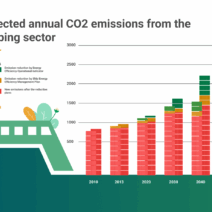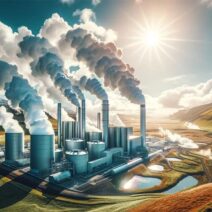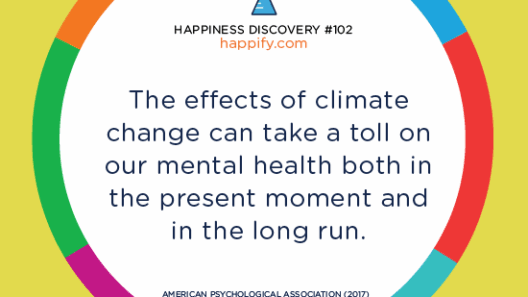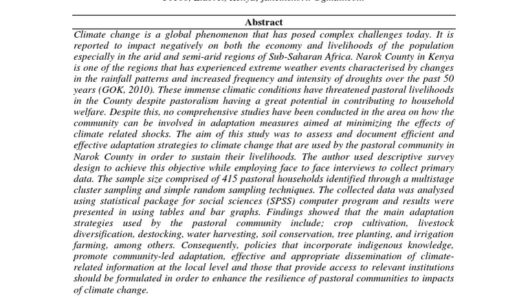Global warming, a phenomenon characterized by the steady increase in Earth’s average surface temperature, has been a subject of extensive debate among scientists, policymakers, and the global populace. The question, “Do you think global warming is real—and can it be prevented?” serves as an entry point into a much more intricate discussion. To understand the reality of global warming, one must first examine the scientific consensus surrounding this pressing issue, its implications for ecosystems and human societies, and the myriad strategies available to mitigate its adverse effects.
In recent decades, a plethora of scientific studies have unequivocally demonstrated that global warming is not merely a theoretical concept but a scientifically validated reality. The Intergovernmental Panel on Climate Change (IPCC) has reported that human activities—particularly the burning of fossil fuels, deforestation, and industrial processes—have significantly contributed to the rise in greenhouse gas emissions. These emissions trap heat within the Earth’s atmosphere, leading to a phenomenon known as the greenhouse effect. This scientific understanding is not just embraced by climate scientists; it is also supported by evidence from diverse scientific disciplines, including geology, oceanography, and atmospheric science.
The ramifications of global warming are extensive and multifaceted. On one hand, we observe rising sea levels as glaciers and polar ice caps melt, which threatens coastal communities with increased flooding. On the other hand, escalating temperatures have resulted in more extreme weather events, such as hurricanes, droughts, and heatwaves. These phenomena underscore a critical observation: global warming is intricately tied to the sustainability of life on Earth. The delicate balance of ecosystems is disrupted, leading to loss of biodiversity as species struggle to adapt to rapidly changing habitats.
Moreover, the societal implications cannot be overlooked. Agriculture, water resources, and human health are significantly impacted by climate change. Crop yields are increasingly unpredictable due to erratic weather patterns, which could lead to food insecurity in vulnerable populations. Freshwater resources, essential for drinking and irrigation, are becoming scarcer in many regions, exacerbating tensions between communities. Furthermore, public health challenges have arisen as rising temperatures contribute to the spread of infectious diseases and heat-related illnesses. Such scenarios illuminate the often-overlooked complexity of global warming: it is not just an environmental issue but a multifaceted socio-economic challenge that demands urgent attention.
So, can global warming be prevented? The notion of prevention encompasses preventative measures, mitigation strategies, and adaptation tactics, which all play a pivotal role in addressing climate change. At the core of mitigation efforts is the reduction of greenhouse gas emissions. Transitioning to renewable energy sources—such as solar, wind, and hydroelectric power—can significantly diminish reliance on fossil fuels. Additionally, enhancing energy efficiency in both industrial and domestic settings can lead to substantial decreases in emissions. Technological advancements have paved the way for innovative solutions, such as carbon capture and storage (CCS) technologies, which can help manage CO2 emissions produced by industrial activities.
Moreover, reforestation and afforestation efforts serve as a proactive approach to carbon sequestration, enabling ecosystems to absorb excess CO2 from the atmosphere. This is an example of how natural processes can be harnessed in the fight against climate change. Sustainable agricultural practices, including crop rotation and organic farming, can simultaneously enhance food security and improve soil health, thus facilitating resilience in the face of climate-related disturbances.
However, mere mitigation is insufficient without robust adaptation plans. Communities must develop strategies to cope with the inevitable impacts of global warming. This includes strengthening infrastructure to withstand extreme weather events, implementing water conservation techniques, and creating early warning systems for natural disasters. The role of education and community awareness in fostering resilience cannot be overstated. Empowering individuals with knowledge about climate change and its effects enables communities to engage actively in local solutions.
International cooperation stands as another vital pillar in the pursuit of combating global warming. Global initiatives, such as the Paris Agreement, aim to unite countries under a common goal of limiting temperature rise to well below 2 degrees Celsius above pre-industrial levels. Diplomatic efforts can facilitate the sharing of resources, technology transfer, and financial support for developing nations to address climate challenges. The integration of climate policies into national and local agendas fosters a comprehensive approach to climate action.
Ultimately, the question of whether global warming is real is emphatically affirmative. The question of whether it can be prevented is more complex. While the challenges are substantial, the potential for transformative change exists. It requires collective action, innovative thinking, and an unwavering commitment to sustainability. A deeper understanding of the interconnections between human behavior, environmental health, and social equity can empower individuals and communities alike to contribute to the broader movement against climate change.
The fascination surrounding global warming stems not only from the immediate imperative to safeguard the planet but also from the recognition that the future of humanity is inextricably linked to our collective ability to address this challenge. Acknowledging that we are stewards of the Earth, we must engage thoughtfully in implementing solutions that prioritize ecological integrity, social justice, and economic viability. In doing so, we can strive toward a more sustainable and resilient future for all living beings.







